Juicing, as a trend, has grown in popularity over the decades. It is a great way to get the benefits of fruit and vegetables quickly.
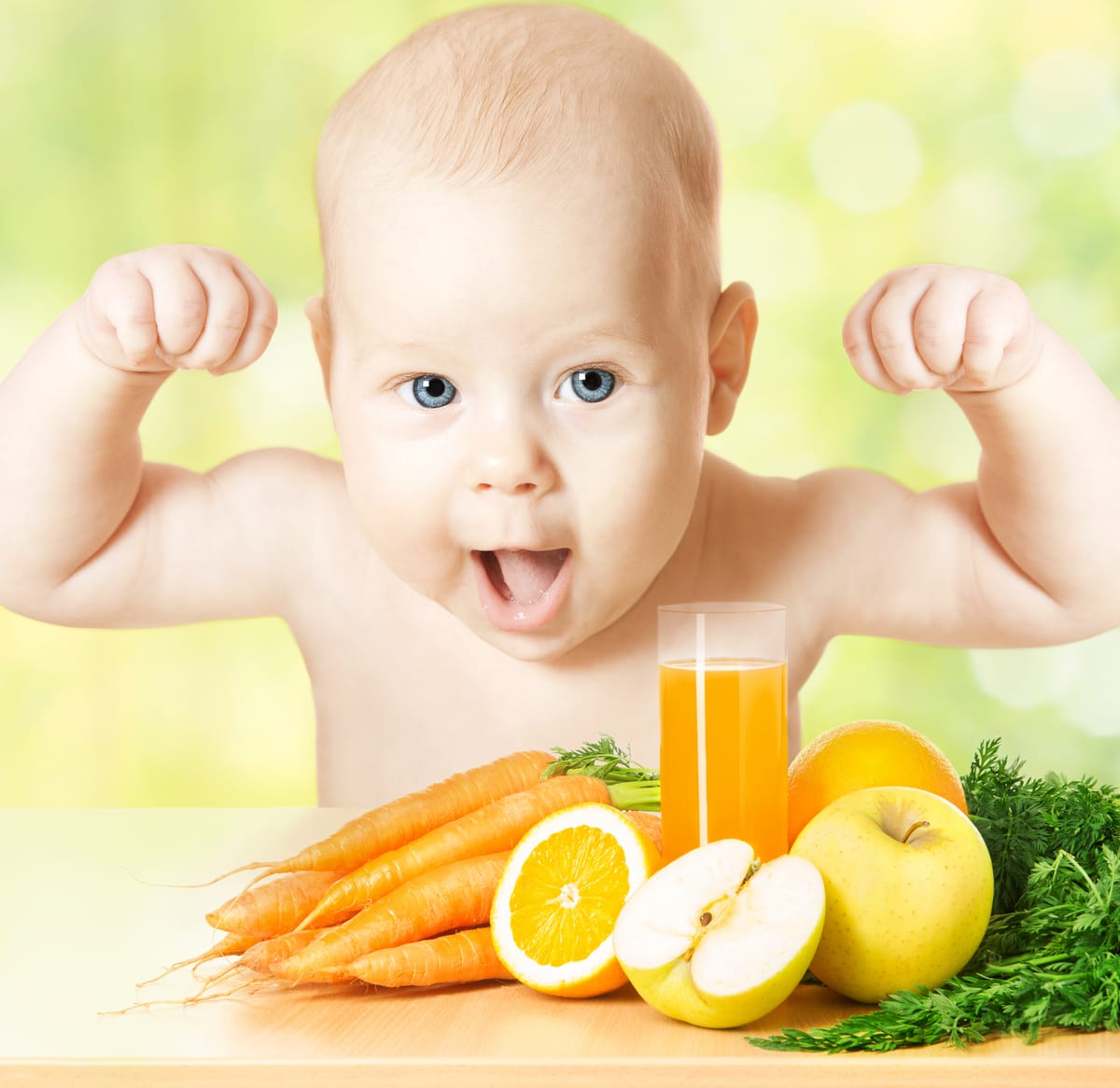
Adults have been juicing and drinking their vitamins and minerals for years. It has been promoted by those who believe whole foods are the best way to consume food. It has also become incredibly commercial and easy to find all types of juices with additional ingredients on your grocery store shelves. It leads one to ask if juicing is a safe option for children.
It is no secret that children can be picky eaters and often shy away from eating their vegetables. They may be more willing to eat fruit, but often only limited types of fruit. They may even eat one vegetable one day but refuse to eat it the next day. This pickiness often leads to children not being able to eat enough to meet their daily requirements of minerals and vitamins. Children need foods that are dense and full of nutrients and vitamins.
Table of Contents
Instead, they consume a diet of salt, fat, and sugar. They end up eating too much fast food and processed foods. Fresh juice drinks may be a great way to supplement their diet and give them the nutrition they need. There are a large number of positives and negatives related to juicing. It is easy to throw a juice box in their lunch and think you are taking a step to give them a healthy diet. You could be just giving them access to more sweetened beverages. Continue reading this article to find out more answers to the question is juicing safe for kids.
Pros of Juicing
It can be difficult to get children to eat all the food to give them the proper vitamins and nutrients that their bodies need for proper development. Instead, they choose to eat food packed with sugar and starch. Obesity is rising, especially among children. They are more often found playing video games and sitting in front of the television. This is even more reason why children need essential nutrients and vitamins in their diets. When you juice at home, it is a great way to get the right foods into kids while reducing their access to snacks that are not as healthy.
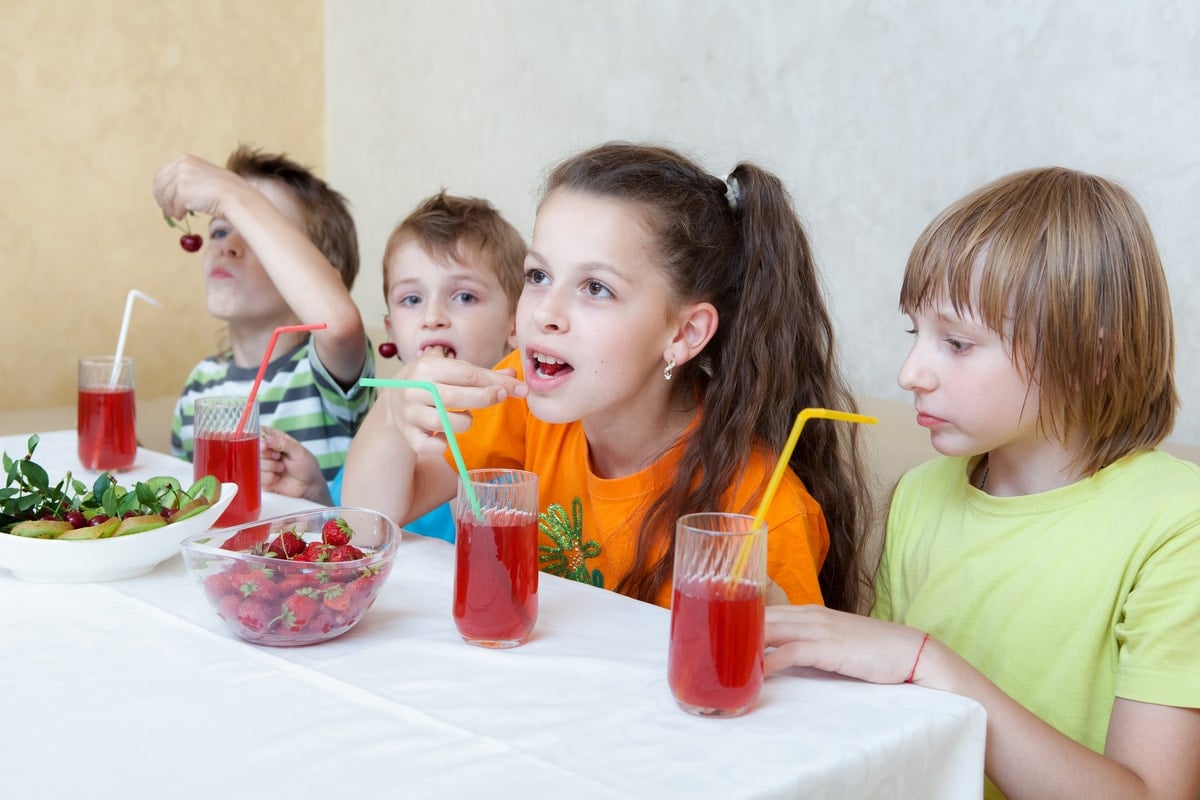
One glass of juice provides four servings of vegetables and fruit to your child. Juice provides a higher dose of antioxidants that boost the immune system and brain function. Juice with leafy greens and vegetables provide nutrients, minerals, and vitamins that have been proven to fight heart disease, cancer, and other serious conditions.
Carrot juice is incredibly beneficial to adults and children. It is low in calories and has a ton of nutrients. Carrot juice recipes have beta carotene, which also makes them orange. It is beneficial for your eye health and can help decrease the risk of eye issues. Carrot juice may help improve immunity and fight off viruses. It can also improve your skin and your body's ability to control blood sugar. If you can find a carrot juice recipe you like, you can begin to get all the benefits from carrot juice.
Cons of Juicing
While there are negatives to juicing, more of them have to do with the amount of juice you are consuming. Whole fresh fruit provides more nutritional value than just juice. You often lose the fiber of the fruit when you juice it. The fiber in fruit is what helps to fill you up, encouraging you to eat less. You are more likely to consume more juice than you would a while fruit. It is easy to drink fruit juice quickly, which creates a surge of sugar in your body. This surge creates a different type of hormonal surge within the body. If children drink fruit juice from a sippy cup or one with a lid, it can coat their teeth, and the sugar causes cavities.
Amount of Fruit vs. Vegetables
To achieve the right portion of nutrients in your juice recipes, you have to ensure that you have 80 percent of green vegetables and 20 percent of fruit. Fruit has a high amount of fructose that causes an increase in weight gain for children.
Store Bought Juice
While juice recipes have many benefits, they are not all the same. Many of the juices that you find in the store have excessive amounts of sugar and empty calories. Manufacturers add sugar to help the taste of the juice, but they also add calories and no valuable nutrition.
Advantages of Juicing over Eating Fruits and Vegetables
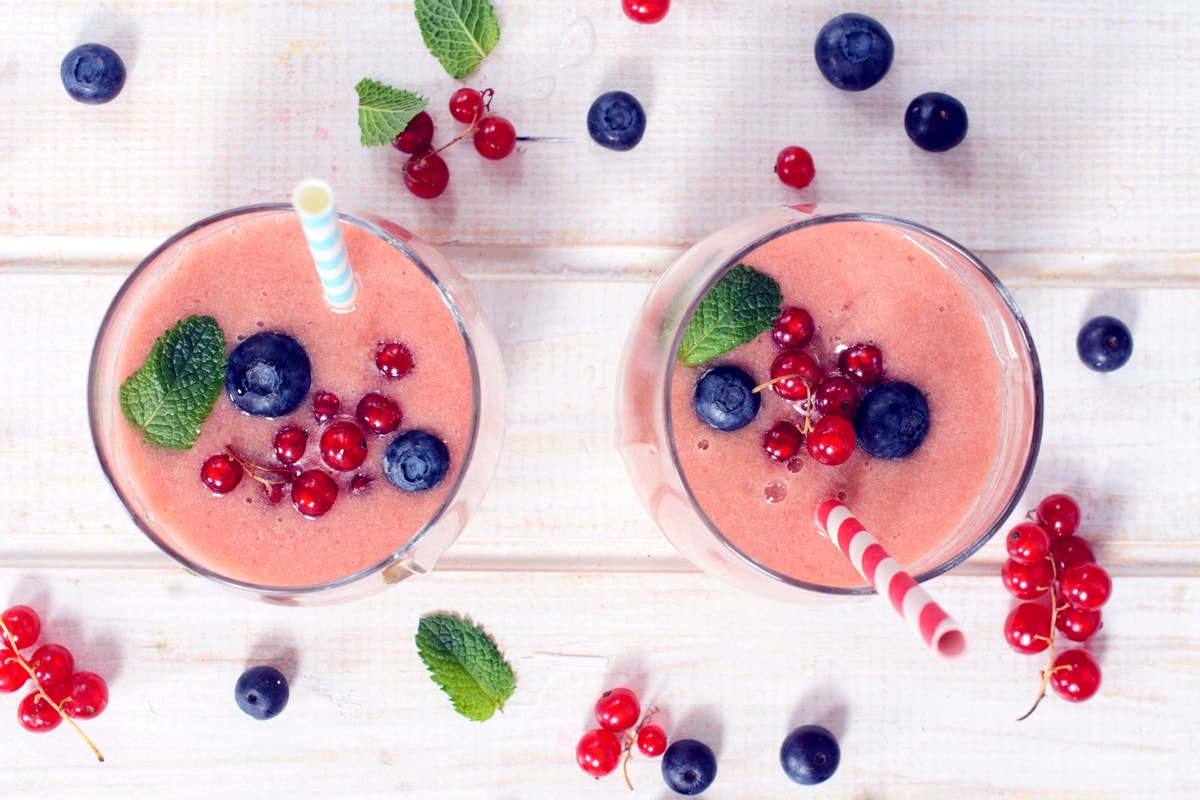
Because children are notoriously picky eaters, parents for generations have been coming up with interesting recipes to get their children to eat food that is healthy. They have mashed up vegetables and hidden them in other foods. It can lead to frustrating mealtime for parent and child, and neither of you looks forward to it. Juicing can offer some advantages over eating fruits and vegetables in the traditional way.
While they may not get the same benefits from juice as they would from the whole food, drinking juice gives more benefits than not consuming vegetables and fruit at all. They may not be willing to eat the food but could be willing to drink it, especially if it tastes good. Not only does the juice taste good to your child, but it looks pretty, too. You can serve it to your child in their favorite glass or cup. If you make juice recipes at home, you can let your child get in on the action. When they can help make the juice, they may be more willing to drink it. Your child can even come up with a fun name for the juice you make.
Juicing at Home
If your child's diet has consisted of a lot of sweet drink options in the past, they have developed a taste for sugary sweet and fattening snacks. When wanting to make a switch to a fresh vegetable juice recipe, the best way to start is to include fruit in the juice to bring natural sugar to any beverage.
When considering juicing at home, there are two different types of juicer options, of which you should be aware. The masticating juicer allows you to produce juice slower. These are often referred to as cold juice presses. This type of juice produces a drink with more enzymes and nutrients. A centrifugal juicer produces juice much faster. It can chop up the whole fruit, and you do not need to chop it up. They do not mix the juice well, and separation will occur. There are many juice recipe options that you are sure to find one that you and your children will like.
Are Smoothies a Better Alternative?
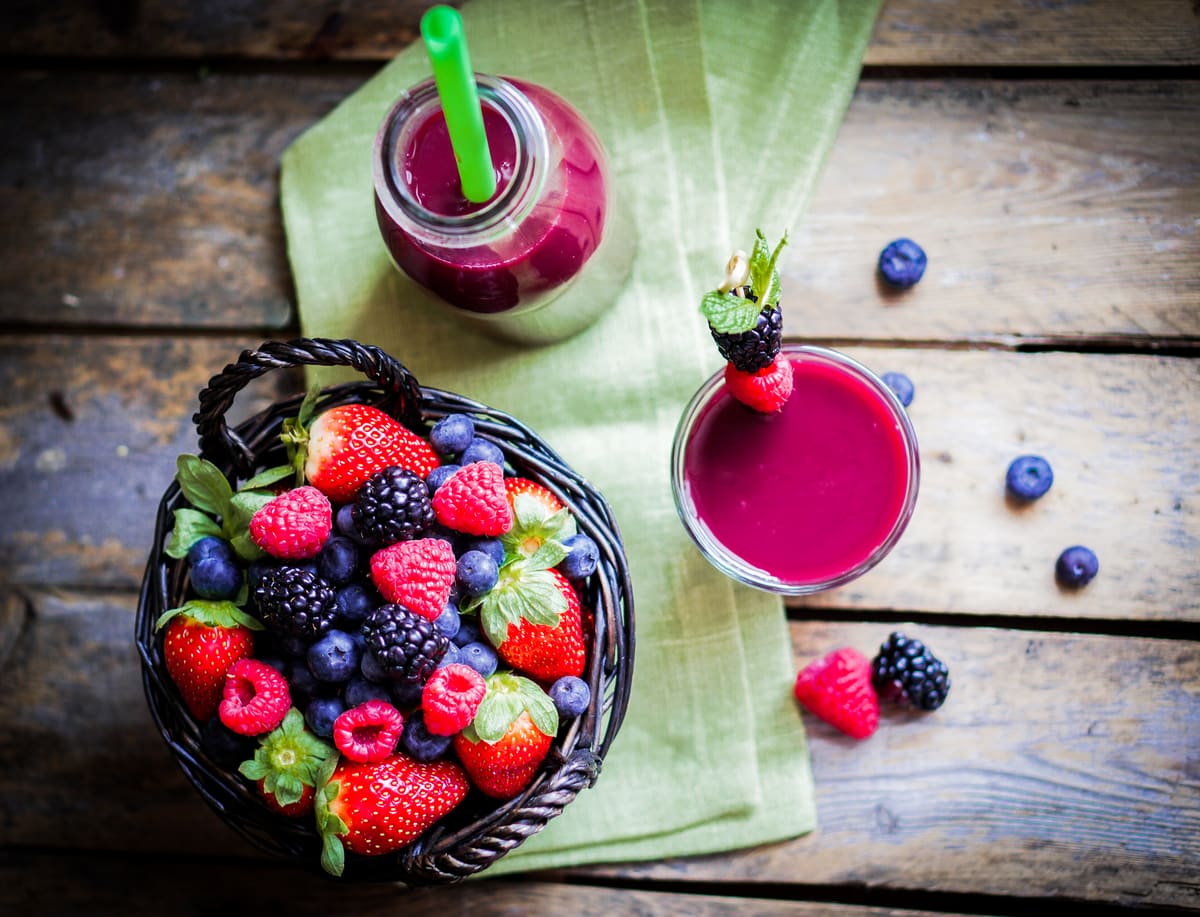
A smoothie is a drink that includes vegetables and fruit that is thick and smooth. It is pureed with milk, ice cream, or yogurt. The most basic smoothie requires a base and a liquid. From there, you can add just about anything you want to your smoothie. Obviously, if you mix your drink with ice cream, it is going to have more calories than if you use low-fat milk. It is even possible for a smoothie to have more calories than an actual meal. If your child already struggles with weight, a smoothie can just add more unneeded and unwanted calories.
A smoothie is not intended to replace a meal. It is not safe or smart to replace a meal you eat with a liquid one. A smoothie can be an excellent treat but not a way to consume fruits and vegetables on a daily basis. It can be a healthier snack than other snaking options that are high in calories, sugar, and fat. Depending on what you put in your smoothie, it can be a great way to increase fiber in your diet. A smoothie can help support the growth of good bacteria in your gut. This can help reduce inflammation, increase immune functioning, and improve mental health.
Smoothies are not a great replacement for juice on a regular basis, but they can be an occasional treat that is healthier than most other snacks.
The Best Time to Start Juicing for a Child
Under the Age of 2
You should not give your child juice before the age of 2 years old. Prior to 2 years, you only want to give your child milk and water. A child that is being breastfed or during cow's milk does not need additional juice. They are getting the nourishment they need. After that age, you should only start with 4 ounces of juice each day. If you give juice to your child, you should make sure it does not have any added sugar or synthetic sugar.
Age 2 to Age 6
If you opt to give your child juice to make sure your child gets enough antioxidants, minerals, and vitamins, be careful with the amount of fruit you are giving your child. This is an easy way for your child to take in way too much sugar. A great way to prevent this is to dilute the juice with water. You should opt for 50 percent water and 50 percent juice.
Your child requires much smaller amounts of juice consumption than you would. Too much juice may mean that your child will begin to prefer sweet flavors instead of the taste of plain water. Juice may also increase your child's risk of tooth decay. Your child should never do a fruit cleanse. It is not ideal for children. It is not a great idea to give your child juice at bedtime because it can sit on your child's teeth. You should not give juice to your child for diarrhea or dehydration. If your child is constipated, a small amount of juice may help.
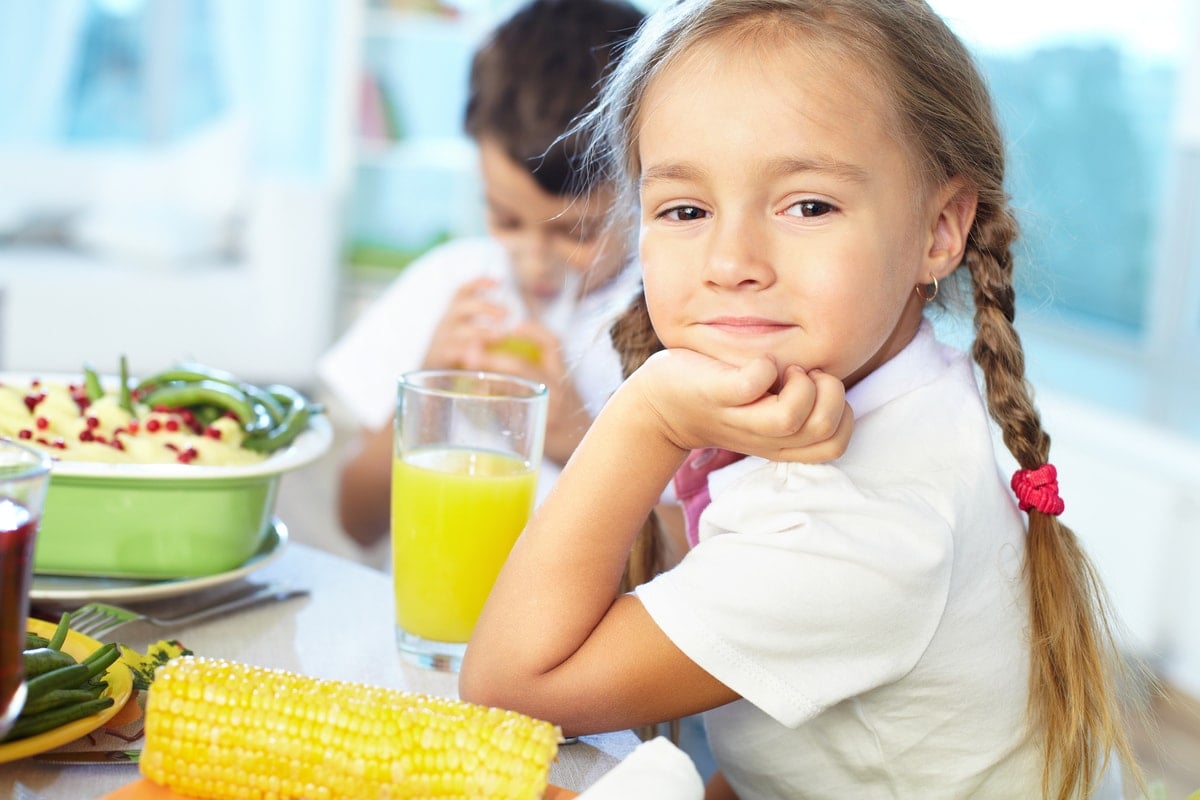
The American Academy of Pediatrics (AAP) provides a recommendation that children under the age of 6 should only have 4 ounces to 6 ounces of juice per day. It should be given with a meal or a snack. The AAP does not advise that you allow your child to have sugary drinks like juice all day long.
Age 7 to Age 11
If you have a child that is between the ages of 7 to 11 years, they should only have 8 ounces of juice per day. Small amounts of juice, as long as it is 100 percent juice with no added sugar, should not have an impact on your child's weight. Too much juice, even if there is no added sugar, can cause weight gain.
When choosing a juice recipe for your child, make sure it is 100 percent fruit juice and not a juice cocktail. Juice cocktail always has additional ingredients added in. This age becomes harder because they are influenced by their peers, who may be drinking sugary drinks, including soda.
Over the Age of 12
Over the age of 12, your child should have less than 10 ounces of fruit drinks. A well balanced diet is important for the development of your child. Supplementing with fresh apple juice or orange juice is a great way to give your child missing nutrients, including vitamin C. You should make sure their juice consumption is in moderation.
Final Thoughts
You have read it all here, the good, the bad, and the ugly. There is a lot of information about fresh juice for kids, and ultimately, everything is good in moderation. When you do too much of anything, it can be bad for you or your health. Children have the opportunity to consume a lot of food and beverages today that contain ingredients that are not healthy. The awareness and availability of fast food and pre-packaged food options are high. You are not able to control what your children see and have contact with when they are at school or in public.
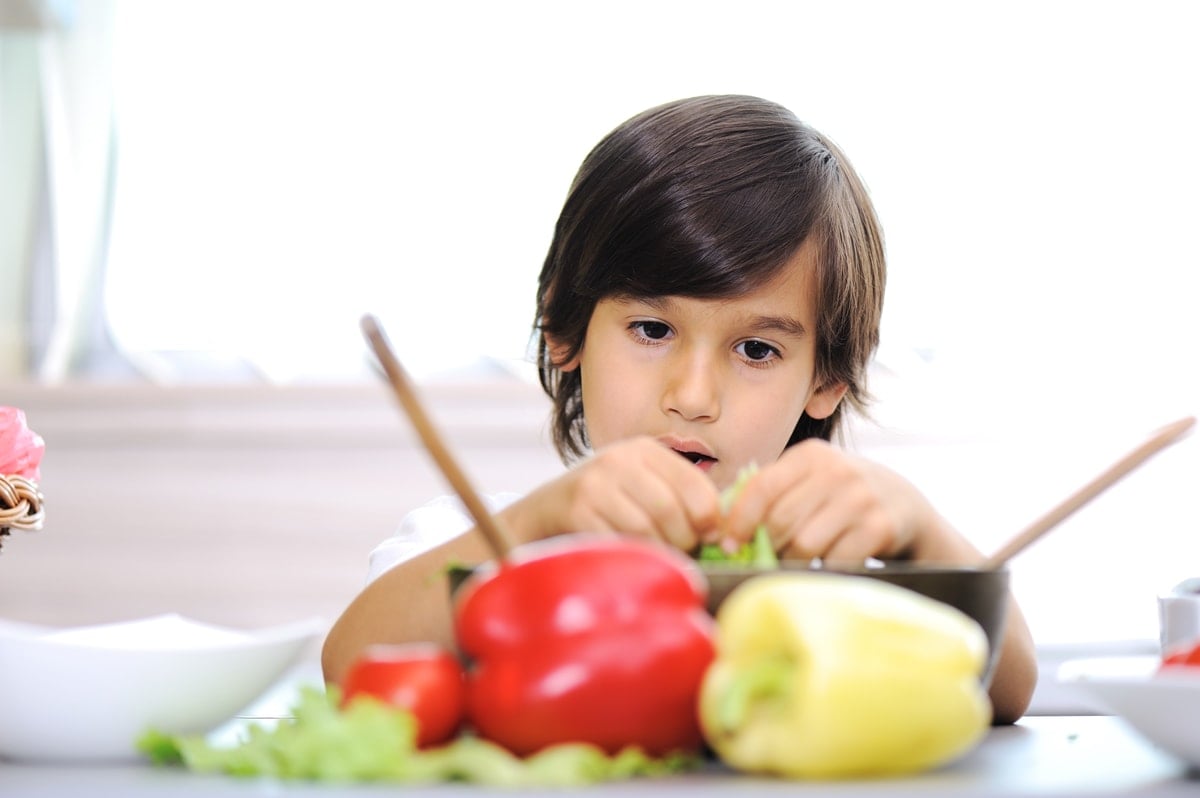
The best you can do is teach them healthy habits and mirror those habits for yourself and in your home. It is important that you help your child to understand why some foods are healthy and other choices are not as healthy. It is a fine line of making sure they have access to healthy choices while explaining why.
If you push only healthy options too hard when your child is away from you and making decisions for themselves, they may choose to eat a large number of unhealthy foods. A good balance is always a great way to go, even though it is not always the easiest. Incorporating a limited amount of fresh vegetable juice, green juice, or fruit juice into your kid's diet could add more vitamins and be beneficial for their health.
Source links:
https://www.foodnetwork.com/healthyeats/healthy-tips/2015/07/should-your-kids-be-juicing
https://www.eujuicers.com/magazine/the-health-benefits-of-juicing-for-kids

Crystal
Hi! Is the juice cleanse safe to do while breastfeeding?